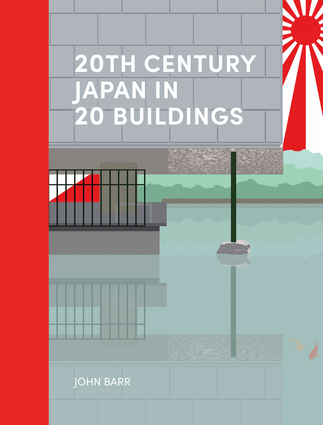Overview
There is a long history in the West of viewing Japan through the twin lenses of orientalism and exoticism. This book argues that Japanese modern architecture emerged from identifiable events: political, social, economic, and historical events, and is as susceptible as any other architecture to analysis and criticism in these terms. Episodic rather than encyclopaedic, it does not describe every twist and turn in the development of modern Japanese architecture, but rather, it examines twenty buildings spanning the 20th century and places them in the context of the political, social, and economic, as well as the historical and cultural factors that shaped both them and modern Japan. Each building has been chosen because it reflects a major event in the development of modern Japan and its architecture. In this way, the author provides a more rounded understanding of the development of modern architecture in Japan and the circumstances from which it emerged and offers lessons that are still of relevance.Author Biography
John Barr is an architect with over 30 years of experience working in Japan. In 1992, he became the first British architect to qualify as a registered architect with a first class licence in Japan and established his own practice in Kobe. He was admitted to the Architectural Institute of Japan in 2002 and has been lecturing on Japanese architecture at the University of Strathclyde since 2012.

